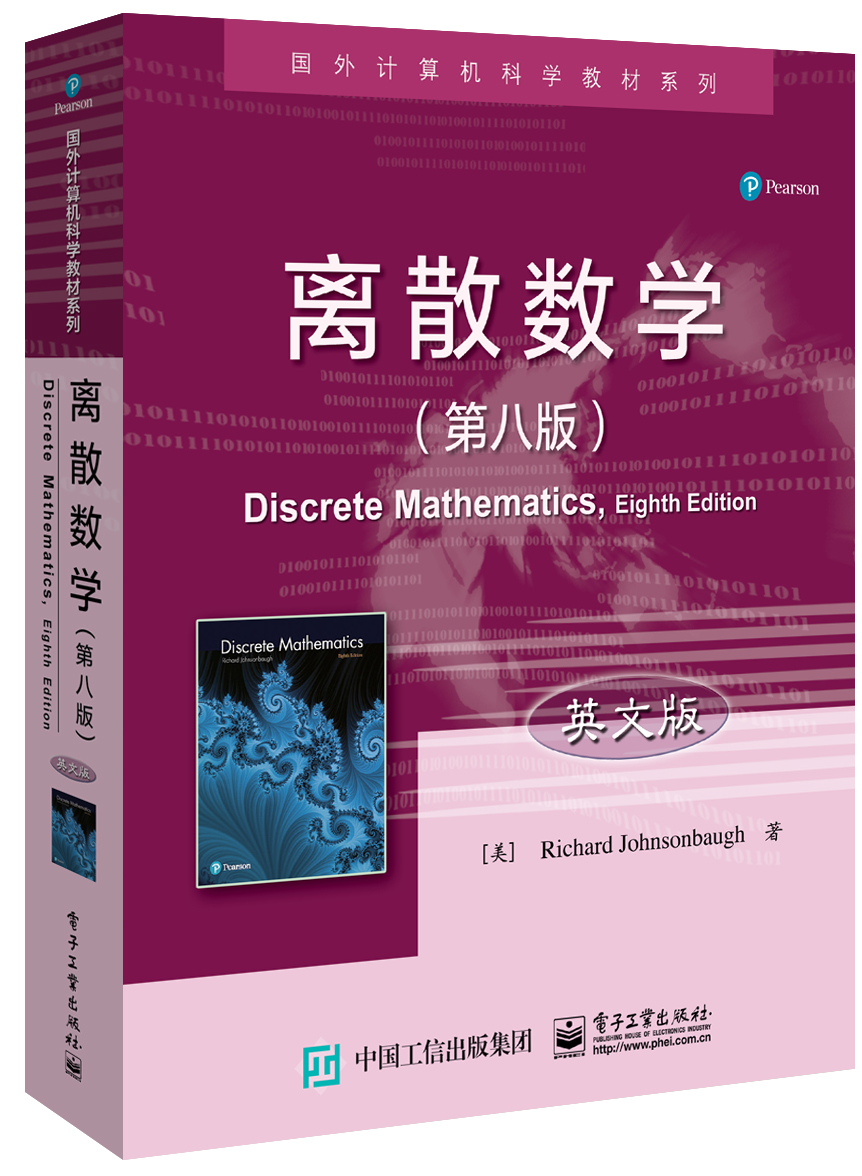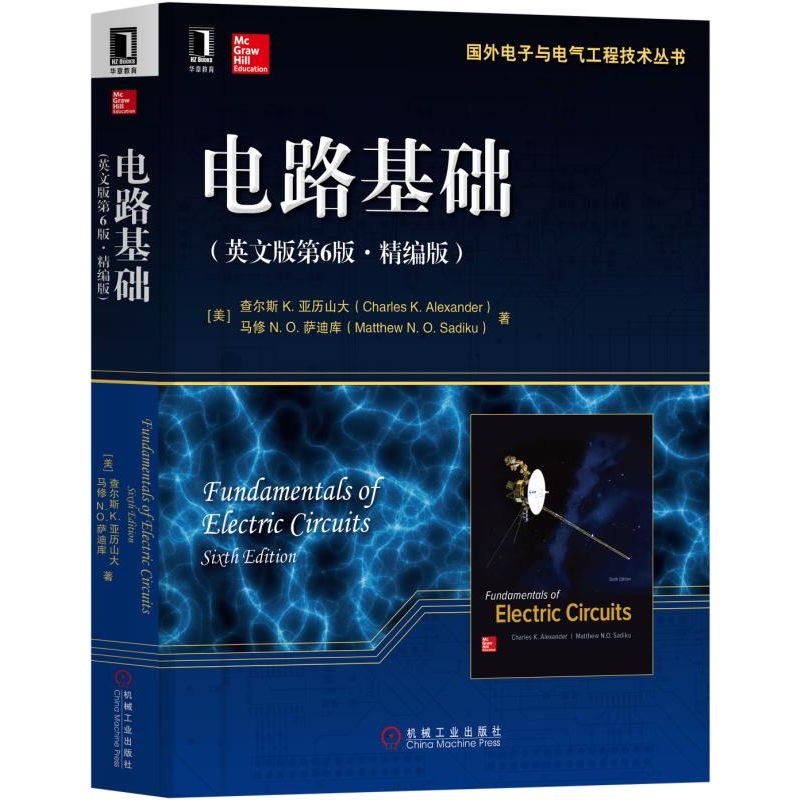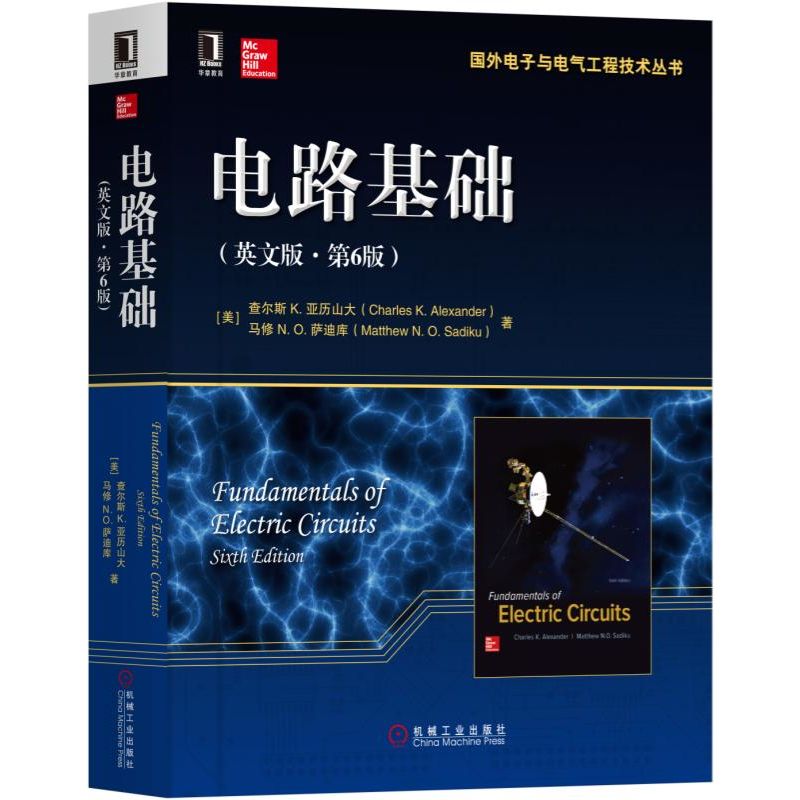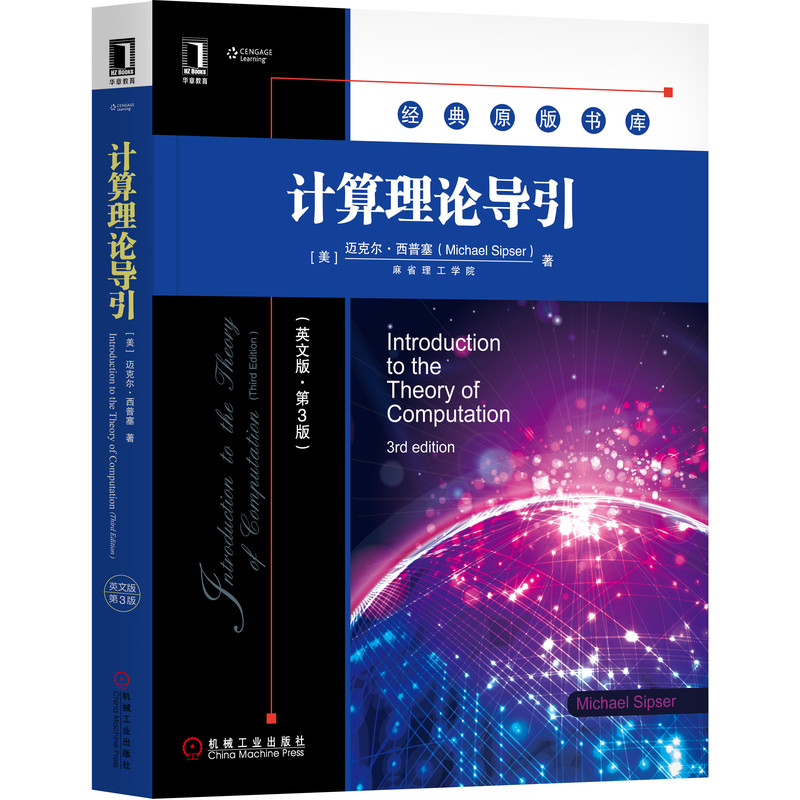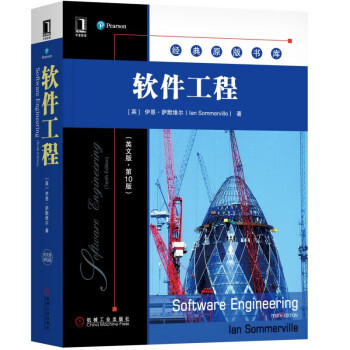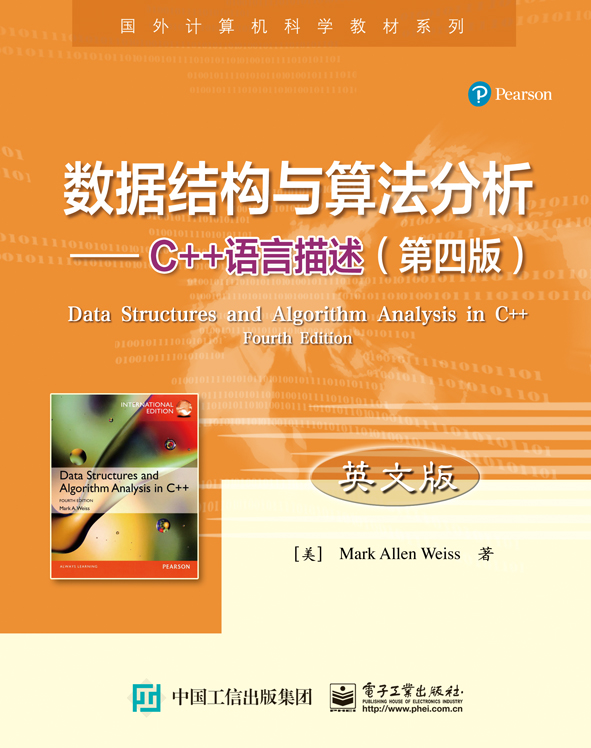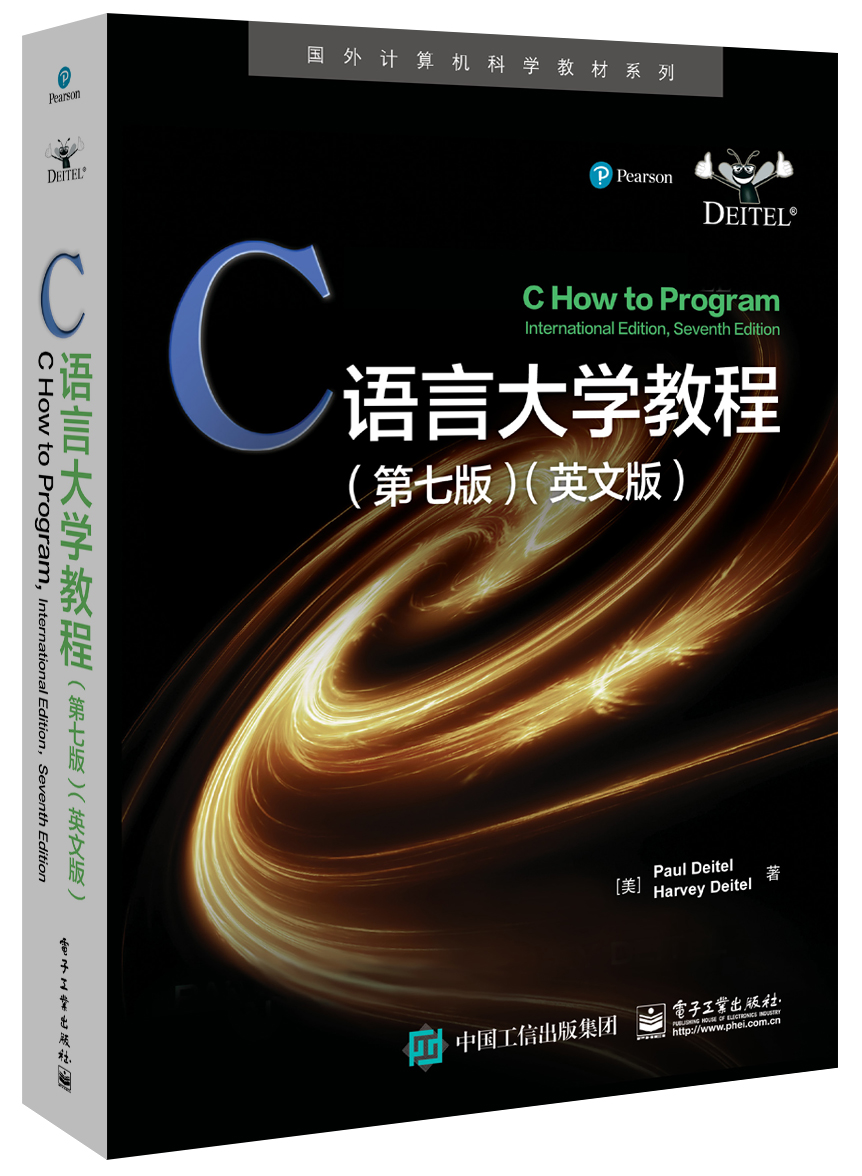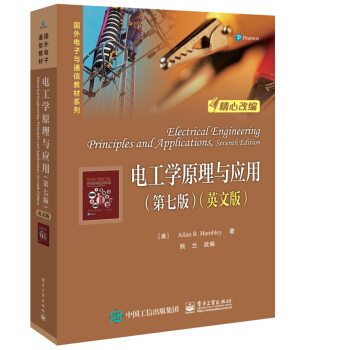离散数学(第八版)(英文版) / 国外计算机科学教材系列
作者: Richard Johnsonbaugh(理查德 · 约翰逊鲍夫)
出版时间:2018-07
出版社:电子工业出版社
试读
- 电子工业出版社
- 9787121344671
- 1-1
- 295293
- 16开
- 2018-07
- 768
- 大学计算机公共课程
- 本科 研究生(硕士、EMBA、MBA、MPA、博士)
Contents
1 Sets and Logic 1
1.1 Sets 2
1.2 Propositions 14
1.3 Conditional Propositions and Logical Equivalence 20
1.4 Arguments and Rules of Inference 31
1.5 Quantifiers 36
1.6 Nested Quantifiers 49
Problem-Solving Corner: Quantifiers 57
Chapter 1 Notes 58
Chapter 1 Review 58
Chapter 1 Self-Test 60
Chapter 1 Computer Exercises 60
2 Proofs 62
2.1 Mathematical Systems, Direct Proofs,
and Counterexamples 63
2.2 More Methods of Proof 72
Problem-Solving Corner: Proving Some Properties
of Real Numbers 83
2.3 Resolution Proofs? 85
2.4 Mathematical Induction 88
Problem-Solving Corner: Mathematical Induction 100
2.5 Strong Form of Induction and the Well-Ordering Property 102
Chapter 2 Notes 109
Chapter 2 Review 109
Chapter 2 Self-Test 109
Chapter 2 Computer Exercises 110
3 Functions, Sequences, and Relations 111
3.1 Functions 111
Problem-Solving Corner: Functions 128
3.2 Sequences and Strings 129
3.3 Relations 141
3.4 Equivalence Relations 151
Problem-Solving Corner: Equivalence Relations 158
3.5 Matrices of Relations 160
3.6 Relational Databases? 165
Chapter 3 Notes 170
Chapter 3 Review 170
Chapter 3 Self-Test 171
Chapter 3 Computer Exercises 172
4 Algorithms 173
4.1 Introduction 173
4.2 Examples of Algorithms 177
4.3 Analysis of Algorithms 184
Problem-Solving Corner: Design and Analysis
of an Algorithm 202
4.4 Recursive Algorithms 204
Chapter 4 Notes 211
Chapter 4 Review 211
Chapter 4 Self-Test 212
Chapter 4 Computer Exercises 212
5 Introduction to Number Theory 214
5.1 Divisors 214
5.2 Representations of Integers and Integer Algorithms 224
5.3 The Euclidean Algorithm 238
Problem-Solving Corner: Making Postage 249
5.4 The RSA Public-Key Cryptosystem 250
Chapter 5 Notes 252
Chapter 5 Review 253
Chapter 5 Self-Test 253
Chapter 5 Computer Exercises 254
6 Counting Methods and the Pigeonhole
Principle 255
6.1 Basic Principles 255
Problem-Solving Corner: Counting 267
6.2 Permutations and Combinations 269
Problem-Solving Corner: Combinations 281
6.3 Generalized Permutations and Combinations 283
6.4 Algorithms for Generating Permutations and
Combinations 289
6.5 Introduction to Discrete Probability? 297
6.6 Discrete Probability Theory? 301
6.7 Binomial Coefficients and Combinatorial Identities 313
6.8 The Pigeonhole Principle 319
Chapter 6 Notes 324
Chapter 6 Review 324
Chapter 6 Self-Test 325
Chapter 6 Computer Exercises 326
7 Recurrence Relations 327
7.1 Introduction 327
7.2 Solving Recurrence Relations 338
Problem-Solving Corner: Recurrence Relations 350
7.3 Applications to the Analysis of Algorithms 353
7.4 The Closest-Pair Problem? 365
Chapter 7 Notes 370
Chapter 7 Review 371
Chapter 7 Self-Test 371
Chapter 7 Computer Exercises 372
8 Graph Theory 373
8.1 Introduction 373
8.2 Paths and Cycles 384
Problem-Solving Corner: Graphs 395
8.3 Hamiltonian Cycles and the Traveling Salesperson
Problem 396
8.4 A Shortest-Path Algorithm 405
8.5 Representations of Graphs 410
8.6 Isomorphisms of Graphs 415
8.7 Planar Graphs 422
8.8 Instant Insanity? 429
Chapter 8 Notes 433
Chapter 8 Review 434
Chapter 8 Self-Test 435
Chapter 8 Computer Exercises 436
9 Trees 438
9.1 Introduction 438
9.2 Terminology and Characterizations of Trees 445
Problem-Solving Corner: Trees 450
9.3 Spanning Trees 452
9.4 Minimal Spanning Trees 459
9.5 Binary Trees 465
9.6 Tree Traversals 471
9.7 Decision Trees and the Minimum Time for Sorting 477
9.8 Isomorphisms of Trees 483
9.9 Game Trees? 493
Chapter 9 Notes 502
Chapter 9 Review 502
Chapter 9 Self-Test 503
Chapter 9 Computer Exercises 505
10 Network Models 506
10.1 Introduction 506
10.2 A Maximal Flow Algorithm 511
10.3 The Max Flow, Min Cut Theorem 519
10.4 Matching 523
Problem-Solving Corner: Matching 528
Chapter 10 Notes 529
Chapter 10 Review 530
Chapter 10 Self-Test 530
Chapter 10 Computer Exercises 531
11 Boolean Algebras and Combinatorial
Circuits 532
11.1 Combinatorial Circuits 532
11.2 Properties of Combinatorial Circuits 539
11.3 Boolean Algebras 544
Problem-Solving Corner: Boolean Algebras 549
11.4 Boolean Functions and Synthesis of Circuits 551
11.5 Applications 556
Chapter 11 Notes 564
Chapter 11 Review 565
Chapter 11 Self-Test 565
Chapter 11 Computer Exercises 567
12 Automata, Grammars, and Languages 568
12.1 Sequential Circuits and Finite-State Machines 568
12.2 Finite-State Automata 574
12.3 Languages and Grammars 579
12.4 Nondeterministic Finite-State Automata 589
12.5 Relationships Between Languages and Automata 595
Chapter 12 Notes 601
Chapter 12 Review 602
Chapter 12 Self-Test 602
Chapter 12 Computer Exercises 603
Appendix 605
A Matrices 605
B Algebra Review 609
C Pseudocode 620
References 627
Hints and Solutions to Selected Exercises 633
Index 735

